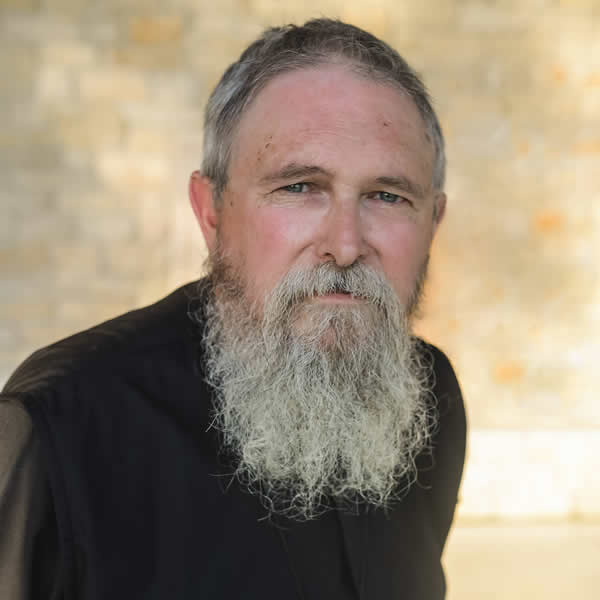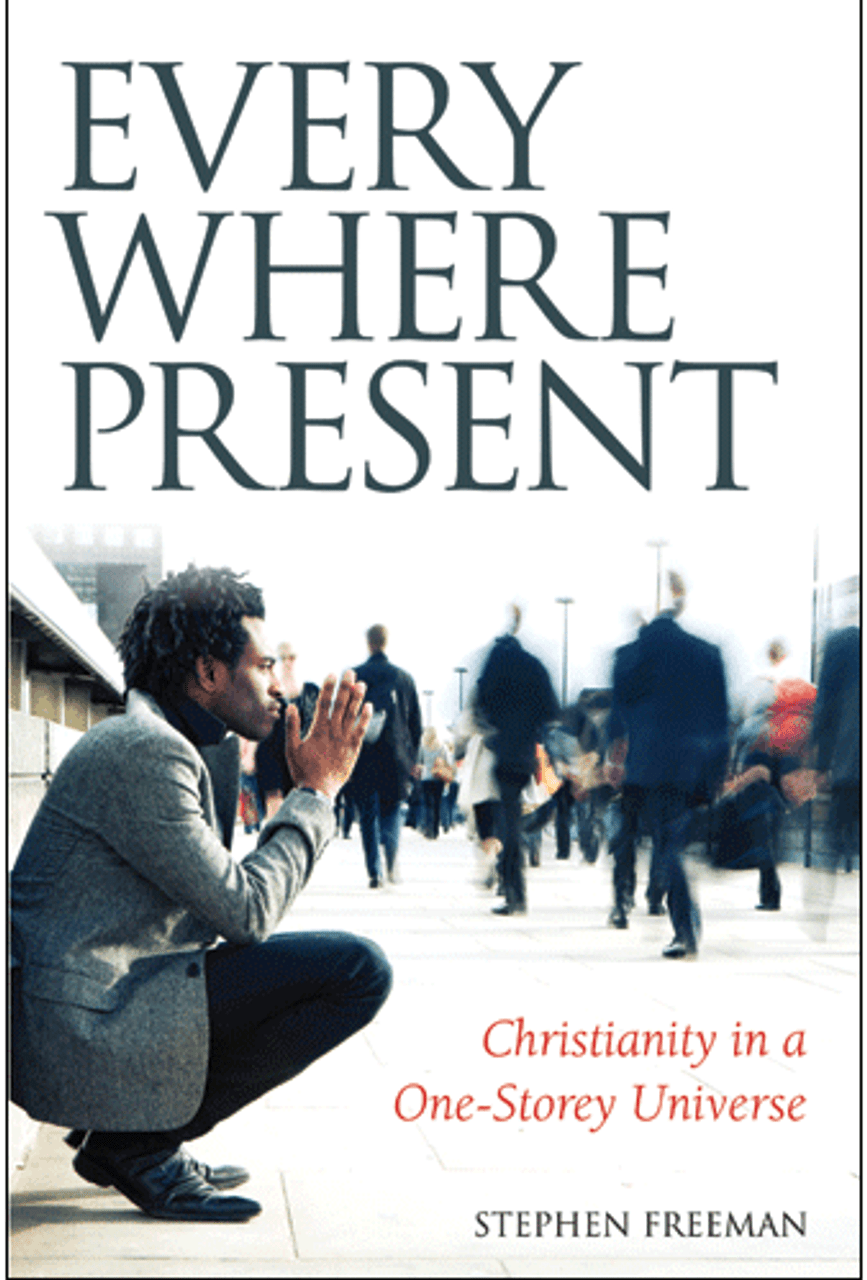
Orthodox theology is a “seamless garment”: no part of Orthodox doctrine, worship, prayer or life stands in a category of its own. Everything refers and reveals the one thing in Christ – our salvation. Even the doctrine of the Trinity, as utterly sublime as it is, remains a matter revealed for our salvation. Because this inter-relatedness is true, it is possible to speak of Scripture as a “verbal icon” (Florovsky), or to say that “icons do with color what Scripture does with words” (Seventh Council), or that “one who prays is a theologian and a theologian is one who prays” (Evagrius). In my limited reading I have never read any particular commentary that spoke of the music of the Church as an icon, but I feel confident in describing it in that manner. It is possible to say this, at the very least, because all of creation can properly be seen as icon – a window to heaven.
To say that music is an icon is not to have said all there is to say about music. But it does say something about the proper place of music in the Church. Music is not about us. Music in the Church does not exist for our enjoyment or entertainment, even though the joy associated with it may at times be exquisite.
Archimandrite Zacharias (of St. John’s Monastery in Essex) describes the heart of worship as “exchange.” It is not an exchange in the sense that we offer something in “trade” with God. Rather, it is an exchange that is also named “communion” and “participation.” God becomes what we are and in and through Him (by grace) we become what He is. This “exchange” is our salvation. In the mystery of Holy Baptism the candidate is asked, “Do you unite yourself to Christ?” The union which is brought about in Holy Baptism (Romans 6:3-4) is our salvation, “newness of life.” All that takes place within the Christian life is union and exchange – it is the means and manner of our salvation.
Music exists for exchange and union. It is the sacrifice of praise and thanksgiving in which we unite ourselves in offering our bodies (the voice) as a living sacrifice to God.
Let us who mystically represent the Cherubim,
And who sing the thrice holy hymn
to the life-creating Trinity,
now lay aside all earthly cares.
That we may receive the King of All,
Who comes invisibly upborne
by the angelic hosts,
Alleluia, Alleluia, Alleluia.
(Cherubic Hymn from the Divine Liturgy)
Not all paintings are icons. Not all music is iconic. Not every voice is raised in union with the heavenly hosts. To write a true icon is a great and holy thing. To sing in a manner that reveals heaven and unites us with the heavenly hosts is a great thing indeed. We were created to sing in just such a manner.
Lest I be misunderstood, I do not claim that all music in Orthodox Churches is iconic in character. Many Churches are decorated with religious art, which, though beautiful, is not iconic. Some music falls short of its intent within the Tradition. By the same token, there is music outside of the Orthodox Church that is iconic – both by accident and by intention.
Music that renders heaven opaque – particularly music presented as Christian – is tragic. We were meant to sing with angels – just as they delight in singing with us.
I will focus for a moment on a particular aspect of music’s iconicity. In a normal conversation, there is an unavoidable linearity: one voice speaks at a time. He speaks, I listen, I speak, He listens, etc. Frequently, this linearity is reduced to an exchange of information. Indeed, our present age is fixated on information, frequently thinking that more information will make better people of us all in a better world. We need to be reminded that we are not saved by information.
Music has a capacity for many voices. At times, there can be more than a single thought being offered as different parts, or different voices offer a harmony of meaning. The movement of tone, of key, of volume and tempo add yet more to the expression. Additionally, the sound of many voices, combined, whether in harmony or unison, is something that cannot be achieved in a purely linear conversation. It is the sound of communion, of many things that are also one thing as well as being many.
“And I heard a voice from heaven, like the voice of many waters, and like the voice of loud thunder. And I heard the sound of harpists playing their harps.They sang as it were a new song before the throne, before the four living creatures, and the elders; and no one could learn that song except the hundred and forty-four thousand who were redeemed from the earth.” (Rev. 14:2-3)
Singing is what communion sounds like when it speaks.
It is of note that the Liturgy of the Orthodox Church is sung, whether it is chanted by the priest, or sung by the choir or people. Traditionally, very little is ever merely spoken. The Latin Church developed a two-fold pattern in its early history: the “high” Mass in which singing is the primary mode, and the “low” Mass in which the service is spoken. I have no knowledge as to why this practice developed. In Orthodoxy, there is only ever one “kind” of Liturgy. In Western terms, every Liturgy is a “High Mass.”
The mystery of singing is perhaps a topic for another time. However, singing is something other than speaking. Research suggests that speech is primarily the work of the left hemisphere of the brain, while singing engages both hemisphere, with a dominance in the right hemisphere. Those who have worked with stroke patients (I have seen this in my own pastoral ministry) note that a person can sing or process music when speech itself has been impaired or lost. There is a wisdom in the Church’s remembered tradition that teaches us to sing.
That the sounds of heaven are described in terms of music (the sound of many waters) reinforces the iconicity of singing. We do what heaven does and heaven is present in our midst.
“Sing, O heavens, for the LORD has done it! Shout, you lower parts of the earth; Break forth into singing, you mountains, O forest, and every tree in it! For the LORD has redeemed Jacob, And glorified Himself in Israel.” (Isaiah 44:23)
All of creation has started to sing…join the chorus!






Leave a Reply